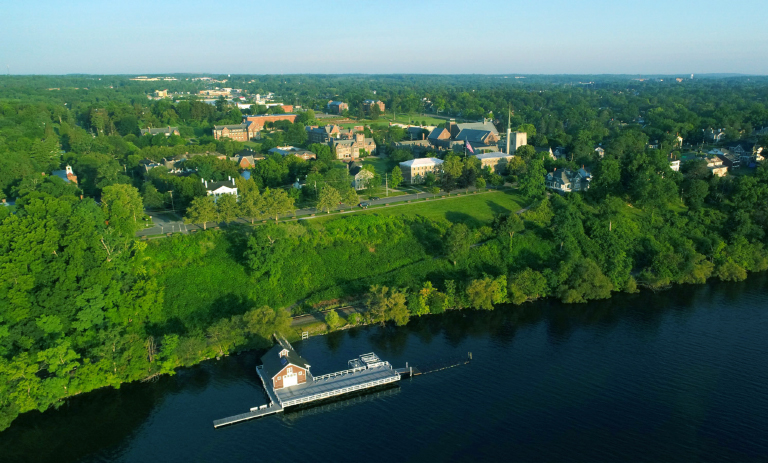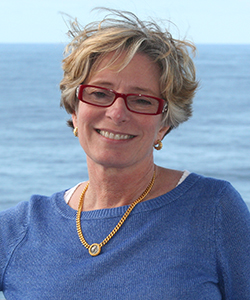
Lives of Consequence
Sandra Barghini Coombs ’74

During her years as museum executive in the U.S. and abroad, Sandra Barghini Coombs ’74 has drawn heavily on her academic background in anthropology, “which means for me, making sense of what things mean,” she says. “Conveying that to visitors is the primary function.”
While in graduate school at University of Arizona, Tucson, where she entered the anthropology/museum studies master’s program and had “a taste of the field,” she decided on her career path. Then, she says, the “real work came through experience.”
“My positions have always been involved with museum collections, sometimes historical ones and sometimes art,” she says, having worked most recently as chief executive of the Armory Art Center in West Palm Beach, Fla.
She has served as associate curator at the Norton Museum of Art and chief curator at the Flagler Museum, both in Florida, and at the American Museum in Britain, where she was chief executive from 2003 to 2009.
“I was responsible for the business management, staffing, forward planning and budgets. Running a business in a foreign country was a challenge, as the rules and tax laws are different,” says Coombs. “I worked a lot with the American Embassy and in fact, the ambassador wrote a preface to one of my books on the Museum. This was called ‘Aspects of America.’ It was a short history of the U.S. using the artifacts from the museum. Being director there was a terrific opportunity and an honor to represent the U.S. to another country.”
While at the AMiB, her most memorable experience was attending “a state dinner for 60 people at the official residence of the American Ambassador to Britain, hosted by President George W. Bush in honor of Queen Elizabeth II. My companions at dinner were Michael Caine, David Frost, Andrew Lloyd Webber, and Prince Phillip at a table hosted by Laura Bush, who was intelligent and delightful.”
While serving as curator of Hearst Castle -- the California mansion built for William Randolph Hearst, now a national landmark -- Coombs “was more involved with the conservation of the art collections and the historic preservation of the building,” she says. With a $750,000 annual budget, “it took much administration to oversee. I also had to build a professional staff from existing personnel,” she says.
As for the exhibitions she curated, Coombs says they’re always “related to the mission of each particular institution and always have a didactic element. I have done paintings exhibition while at the Flagler Museum (for which there were catalogues) but these always had an important historical element to them.”
